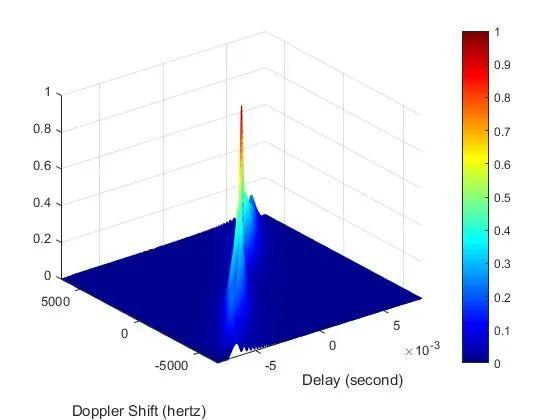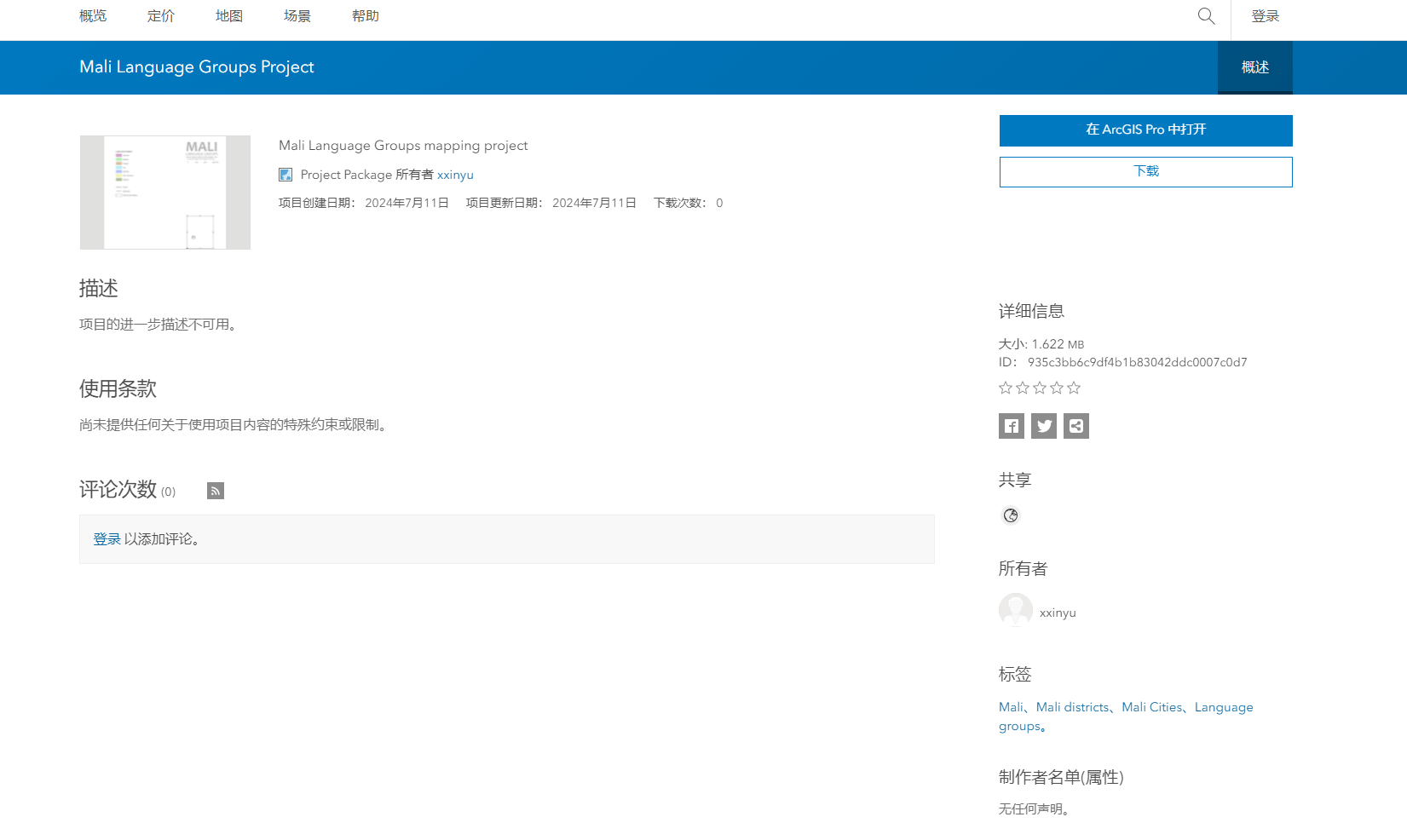文章目录
- 缓冲流
- 字节缓冲流
- 字符缓冲流
- 转换流
- InputStreamReader类
- OutputStreamWriter类
- 序列化
- ObjectOutputStream类
- ObjectInputStream类
- 打印流
缓冲流
缓冲流,也叫高效流,是对4个基本的 FileXxx 流的增强,所以也是4个流
基本原理:
缓冲流的基本原理,是在创建流对象时,会创建一个内置的默认大小的缓冲区数组,通过缓冲区读写,减少系统IO次数,从而提高读写的效率。
字节缓冲流
构造方法
- public BufferedInputStream(InputStream in) :创建一个 新的缓冲输入流
- public BufferedOutputStream(OutputStream out) : 创建一个新的缓冲输出流。
通过读入一个程序与写出一个程序来举例缓冲流的使用方法。
首先准备一个较大的压缩包文件,放在了D:\file1\java.zip,这个路径下面。

使用缓冲流读写数据:
public class BufferedDemo {
public static void main(String[] args) throws FileNotFoundException {
// 记录开始时间
long start = System.currentTimeMillis();
// 创建流对象
try (
BufferedInputStream bis = new BufferedInputStream(new FileInputStream("D:\\file1\\java.zip"));
BufferedOutputStream bos = new BufferedOutputStream(new FileOutputStream("D:\\file2\\javaCopy.zip"));
) {
// 读写数据
int len;
byte[] bytes = new byte[8 * 1024];
while ((len = bis.read(bytes)) != -1){
bos.write(bytes, 0, len);
}
} catch (IOException e) {
e.printStackTrace();
}
// 记录结束时间
long end = System.currentTimeMillis();
System.out.println("缓冲流使用数组复制时间:" + (end - start) + " 毫秒");
}
}

使用基本流读写数据:
public class BufferedDemo {
public static void main(String[] args) throws FileNotFoundException {
// 记录开始时间
long start = System.currentTimeMillis();
// 创建流对象
try (
FileInputStream fis = new FileInputStream("D:\\file1\\java.zip");
FileOutputStream fos = new FileOutputStream("D:\\file2\\javaCopy.zip")
) {
// 读写数据
int b;
while ((b = fis.read()) != -1){
fos.write(b);
}
} catch (IOException e) {
e.printStackTrace();
}
// 记录结束时间
long end = System.currentTimeMillis();
System.out.println("普通流复制时间:" + (end - start) + " 毫秒");
}
}

从这里我们可以看到普通流对象读写数据与缓冲流(高效流)读取数据的差异性了,高效流通过一次读入多个数据到缓冲区,然后一次读出,减少IO操作,提高了读写效率。
字符缓冲流
在D:\file1目录下面创建一个in.txt文件。

构造方法
- public BufferedReader(Reader in) :创建一个 新的缓冲输入流
- public BufferedWriter(Writer out) : 创建一个新的缓冲输出流。
特殊方法
- BufferedReader: public String readLine() : 读一行文字。
- BufferedWriter: public void newLine() : 写一行行分隔符,由系统属性定义符号。
代码示例:
public class BufferedReaderDemo {
public static void main(String[] args) throws IOException {
// 创建流对象
BufferedReader br = new BufferedReader(new FileReader("D:\\file1\\in.txt"));
BufferedWriter bw = new BufferedWriter(new FileWriter("D:\\file3\\out.txt"));
// 定义字符串,保存读取的一行文字
String line = null;
// 循环读取,读取到最后返回null
while ((line = br.readLine()) != null) {
bw.write(line, 0, line.length());
bw.newLine();
}
// 释放资源
bw.close();
br.close();
}
}

转换流
- 字符编码和字符集
将字符存储到计算机中,称为编码,反之,将存储在计算机中的二进制数按照某种规则解析显示出来,称为解码 。
- 字符编码 Character Encoding : 就是一套自然语言的字符与二进制数之间的对应规则。
- 字符集 Charset :也叫编码表。是一个系统支持的所有字符的集合,包括各国家文字、标点符号、图形符号、数字等。
常见的字符集:
- ASCII字符集 :ASCII(American Standard Code for Information Interchange,美国信息交换标准代码)是基于拉丁字母的一套电脑编码系统
- ISO-8859-1字符集:拉丁码表,别名Latin-1,用于显示欧洲使用的语言
- GBxxx字符集:GB就是国标的意思,是为了显示中文而设计的一套字符集。
- Unicode字符集 :Unicode编码系统为表达任意语言的任意字符而设计,是业界的一种标准,也称为统一码、标准万国码。
问题引入:
准备一个D:\file\in.txt文件

public class ReaderDemo {
public static void main(String[] args) throws IOException {
FileReader fileReader = new FileReader("D:\\file1\\in.txt");
int read;
while ((read = fileReader.read()) != -1) {
System.out.print((char)read);
}
fileReader.close();
}
}

出现了中文乱码,这是因为Windows系统的默认是GBK编码,就会出现乱码。这个编码问题我们可以通过转换流来解决。
InputStreamReader类
转换流 java.io.InputStreamReader ,是Reader的子类,是从字节流到字符流的桥梁。
构造方法:
InputStreamReader(InputStream in): 创建一个使用默认字符集的字符流。InputStreamReader(InputStream in, String charsetName): 创建一个指定字符集的字符流。
package demo10;
import java.io.FileInputStream;
import java.io.IOException;
import java.io.InputStreamReader;
public class ReaderDemo2 {
public static void main(String[] args) throws IOException {
// 定义文件路径,文件为gbk编码
String FileName = "D:\\file1\\in.txt";
// 创建流对象,默认UTF8编码
InputStreamReader isr = new InputStreamReader(new FileInputStream(FileName));
// 创建流对象,指定GBK编码
InputStreamReader isr2 = new InputStreamReader(new FileInputStream(FileName) , "GBK");
// 定义变量,保存字符
int read;
// 使用默认编码字符流读取,乱码
while ((read = isr.read()) != -1) {
System.out.print((char)read);
}
isr.close();
System.out.println();
// 使用指定编码字符流读取,正常解析
while ((read = isr2.read()) != -1) {
System.out.print((char)read);
}
isr2.close();
}
}

这里我们使用了俩种构造方法来创建我们的InputStreamReader对象,当我们指定了解码采用GBK格式来对我们的in.txt进行解码时,可以看到我们输出的字符是正常的而不是乱码。
OutputStreamWriter类
转换流 java.io.OutputStreamWriter ,是Writer的子类,是从字符流到字节流的桥梁。
构造方法:
OutputStreamWriter(OutputStream in): 创建一个使用默认字符集的字符流。OutputStreamWriter(OutputStream in, String charsetName): 创建一个指定字符集的字符流。
import java.io.*;
public class TransDemo {
public static void main(String[] args) throws IOException {
// 1.定义文件路径
String srcFile = "D:\\file1\\in.txt";
String destFile = "D:\\file3\\out.txt";
// 2.创建流对象
// 2.1 转换输入流,指定GBK编码
InputStreamReader isr = new InputStreamReader(new FileInputStream(srcFile) , "GBK");
// 2.2 转换输出流,默认utf8编码
OutputStreamWriter osw = new OutputStreamWriter(new FileOutputStream(destFile));
// 3.读写数据
// 3.1 定义数组
char[] cbuf = new char[1024];
// 3.2 定义长度
int len;
// 3.3 循环读取
while ((len = isr.read(cbuf))!=-1) {
// 循环写出
osw.write(cbuf,0,len);
}
// 4.释放资源
osw.close();
isr.close();
}
}

转换流理解图解:

序列化
Java 提供了一种对象序列化的机制。用一个字节序列可以表示一个对象,该字节序列包含该对象的数据、对象的 类型和对象中存储的属性等信息。
- 反序列化: 从文件中读取字节序列,重构对象
序列化流理解图解:

ObjectOutputStream类
java.io.ObjectOutputStream 类,将Java对象的原始数据类型写出到文件,实现对象的持久存储。
序列化条件:
- 该类必须实现 java.io.Serializable 接口, Serializable 是一个标记接口,不实现此接口的类将不会使任何状态序列化或反序列化,会抛出 NotSerializableException 。
- 该类的所有属性必须是可序列化的。如果有一个属性不需要可序列化的,则该属性必须注明是瞬态的,使用transient 关键字修饰。
import java.io.Serializable;
public class Employee implements Serializable {
public String name;
public String address;
public transient int age; // transient瞬态修饰成员,不会被序列化
public void addressCheck() {
System.out.println("Address check : " + name + " ‐‐ " + address);
}
}
员工类实现类Serializable接口,表示该类可以进行序列化操作,该类中的age属性修饰了transient(瞬态)代表该字段不会被序列化。
如何进行序列化:
创建一个D:\file2目录。

import java.io.FileOutputStream;
import java.io.IOException;
import java.io.ObjectOutputStream;
public class SerializeDemo{
public static void main(String [] args) {
Employee e = new Employee();
e.name = "huge";
e.address = "huangshi";
e.age = 20;
try {
// 创建序列化流对象
ObjectOutputStream out = new ObjectOutputStream(new FileOutputStream("D:\\file2\\employee.txt"));
// 写出对象
out.writeObject(e);
// 释放资源
out.close();
System.out.println("Serialized data is saved"); // 姓名,地址被序列化,年龄没有被序列化。
} catch(IOException i) {
i.printStackTrace();
}
}
}

我们可以看到对象已经被序列化到了指定文件之中。那么我们这么进行反序列化来检查我们是否序列化成功呢?那就要使用到ObjectInputStream类了。
ObjectInputStream类
ObjectInputStream反序列化流,将之前使用ObjectOutputStream序列化的原始数据恢复为对象。
import java.io.FileInputStream;
import java.io.IOException;
import java.io.ObjectInputStream;
public class DeserializeDemo {
public static void main(String [] args) {
Employee e = null;
try {
// 创建反序列化流
FileInputStream fileIn = new FileInputStream("D:\\file2\\employee.txt");
ObjectInputStream in = new ObjectInputStream(fileIn);
// 读取一个对象
e = (Employee) in.readObject();
// 释放资源
in.close();
fileIn.close();
}catch(IOException i) {
// 捕获其他异常
i.printStackTrace();
return;
}catch(ClassNotFoundException c) {
// 捕获类找不到异常
System.out.println("Employee class not found");
c.printStackTrace();
return;
}
// 无异常,直接打印输出
System.out.println("Name: " + e.name); // huge
System.out.println("Address: " + e.address); // huangshi
System.out.println("age: " + e.age); // 0
}
}

通过控制台显示数据我们可以看到我们进行序列化的对象是正确的。
反序列化失败情况:
- 该类的序列版本号与从流中读取的类描述符的版本号不匹配
- 该类包含未知数据类型
- 该类没有可访问的无参数构造方法
Serializable 接口给需要序列化的类,提供了一个序列版本号。 serialVersionUID 该版本号的目的在于验证序列化的对象和对应类是否版本匹配。
public class Employee implements java.io.Serializable {
// 加入序列版本号
private static final long serialVersionUID = 1L;
public String name;
public String address;
// 添加新的属性 ,重新编译, 可以反序列化,该属性赋为默认值.
public int eid;
public void addressCheck() {
System.out.println("Address check : " + name + " ‐‐ " + address);
}
}
打印流
java.io.PrintStream 类,该类能够方便地打印各种数据类型的值
构造方法:
public PrintStream(String fileName): 使用指定的文件名创建一个新的打印流。
改变流向:
public class PrintDemo {
public static void main(String[] args) throws IOException {
// 调用系统的打印流,控制台直接输出97
System.out.println(97);
// 创建打印流,指定文件的名称
PrintStream ps = new PrintStream(“ps.txt”);
// 设置系统的打印流流向,输出到ps.txt
System.setOut(ps);
// 调用系统的打印流,ps.txt中输出97
System.out.println(97);
}
}

我们可以看到我们的数据输出的流向通过System.setOut(ps);改变了,输出到D:\file3\out.txt中了。(日志输出相似)
欢迎java热爱者了解文章,作者将会持续更新中,期待各位友友的关注和收藏。。。



















